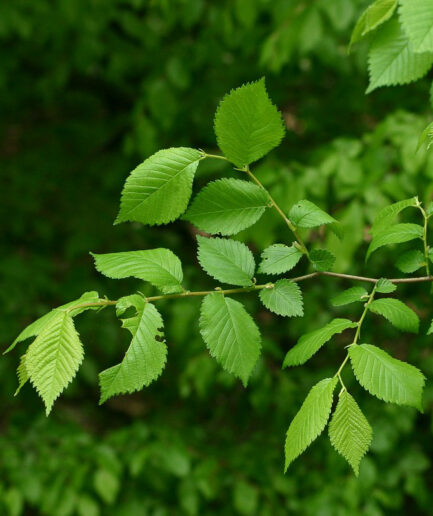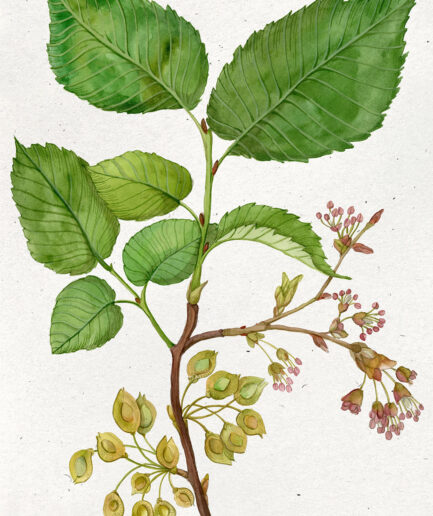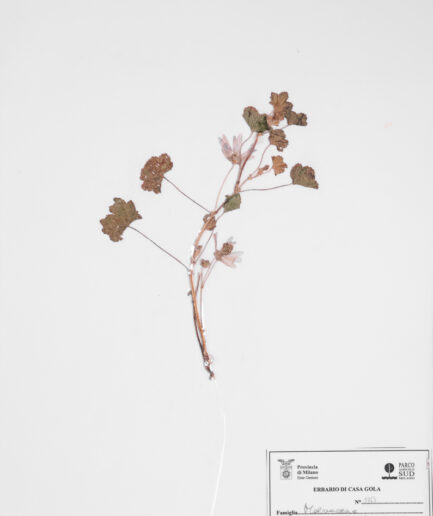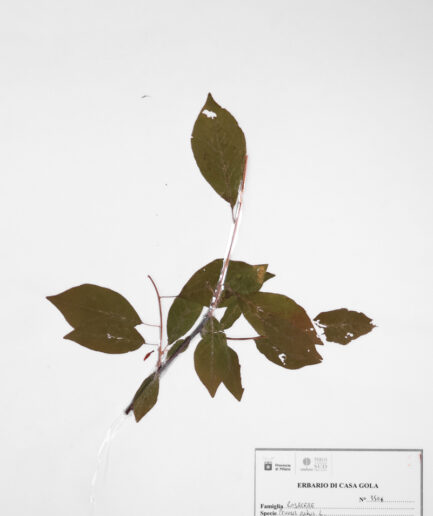Paradise Tree
Scientific Name: Ailanthus altissima (Mill.) Swingle
Family: Simaroubaceae
MORPHOLOGY
Growth habit and size: A fast-growing deciduous tree that can reach a height of 20(30) m, with an erect stance and spreading branches.
Trunk: The bark is light, grayish, smooth, and cracked with longitudinal fissures in older specimens. The twigs of the current year are reddish-brown, tomentose, with numerous lenticels and leaf scars.
Leaves: Alternate, odd-pinnate, petiolate leaves, 40-60 cm long, glabrous, dark green and shiny, with 6-12 pairs of segments (2-4 x 5-7 cm), ovate-lanceolate, long-acuminate at the apex, asymmetrical and irregularly toothed at the base, with a dark gland emitting an unpleasant odor when crushed.
Flowers: Generally unisexual inflorescences, arranged in broad terminal panicles of 10-20 cm, with small actinomorphic greenish-yellow flowers of 5-7 mm big, much more numerous in the male panicles. Blooms from May to July.
Fruits and seeds: The fruit is a polysamara consisting of 1-5 winged samaras of 3-4 cm, oblong-lanceolate and sinuate, reddish when young, papery when mature, and persistent on the plant throughout winter. They contain a single flattened, brownish-yellow or reddish seed at the center.
DISTRIBUTION AND HABITAT
Widespread throughout Italy from sea level up to 800 m. It is a highly invasive alien species, extremely hardy and highly adaptable to any type of soil: it quickly colonizes uncultivated or disturbed land, scarps, railway embankments, roadsides, and stream banks.
USE
The bark of young branches, leaves, and roots contain mucilages, resins, alkaloids (ailanthin), essential oils, glucosides, tannins, saponins, and have antiseptic, antidiarrheal, anthelmintic, and astringent properties. They are still used in traditional Chinese medicine. However, Ailanthus preparations are slightly toxic and have the characteristic of being very bitter and sometimes causing nausea and a sense of depression. These characteristics have led to the preference for other substances that are more specific and free of side effects. Contact with the leaves and flowers can also cause skin irritation and allergic dermatitis. Due to its tannin and saponin content, Ailanthus decoction is also used as an astringent for seborrheic conditions. Before taking any plant-based product (medicinal or non-medicinal) for therapeutic or similar purposes, it is always advisable to consult a doctor. The leaves are used in the paper industry and to produce a yellow dye for wool. Ailanthus pollen gives honey a bitter taste.
INTERESTING FACTS
The plant is native to China and was introduced to England in 1751 and to Italy in 1760, at the Botanical Garden of Padua. Its cultivation spread particularly in the second half of the 19th century, as a host plant for a silkworm (Samia cynthia), whose cocoon produced a kind of silk. This attempt failed but the plant remained. It naturalized and spread across Italy due to its adaptability and because it was cultivated for ornamental purposes and reforestation.
Photo: Freely licensed by Saxifraga and Piet Zomerdijk, Rutger Barendse, Jasenka Topic



















